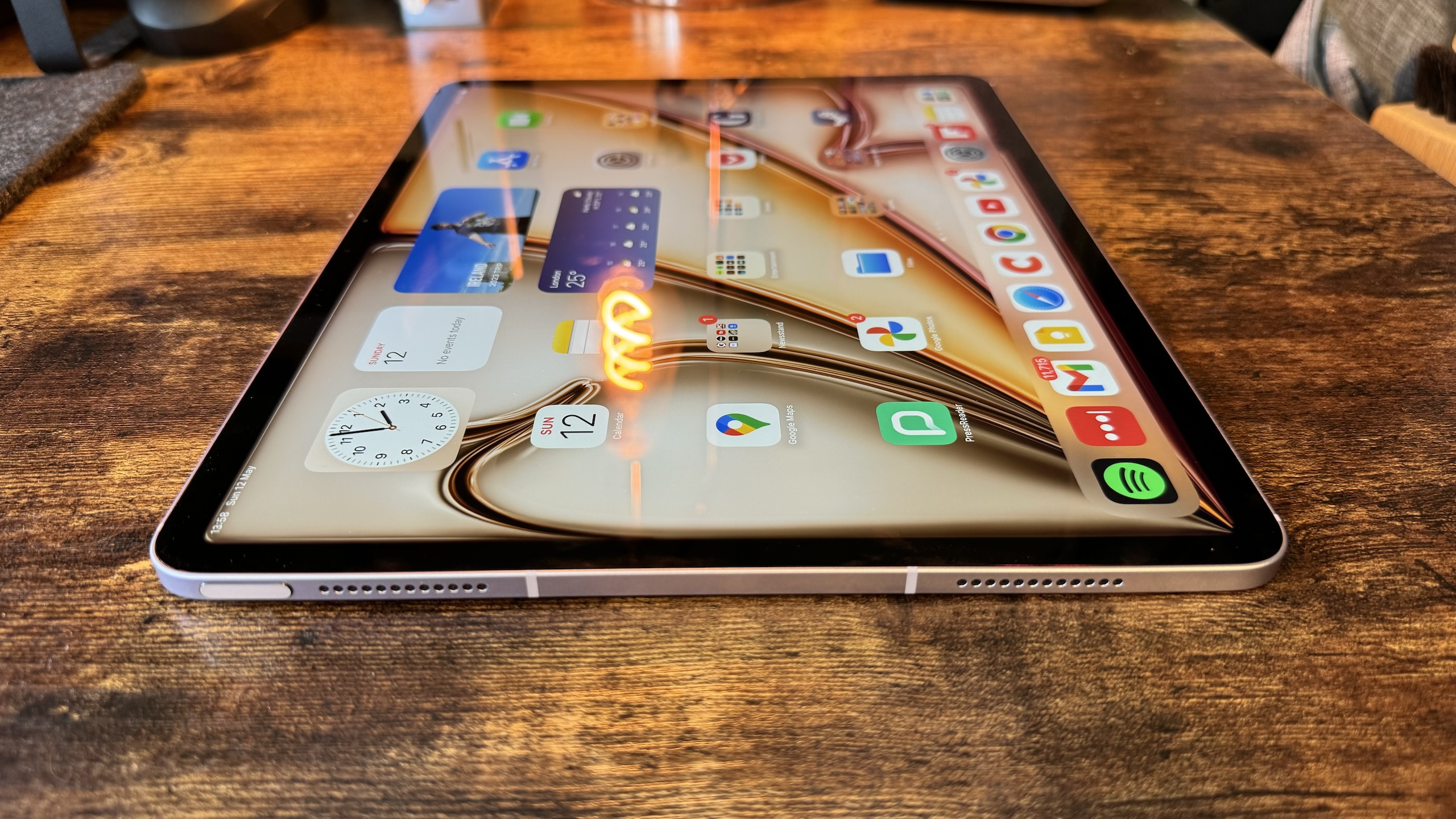
So it looks like the iPad Air 6 is not everything that Apple said it was going to be — or at least, what the initial spec sheets said it was going to be. Rather than the 10 cores we were promised over the launch event and on the website, there are only 9 cores in the M2 GPU that runs the iPad.
That might not seem like much — and I’m not especially bothered that my brand new iPad Air 13-inch has one less graphics core than I was expecting. What I’m not a fan of, however, is being sold something that’s different to what was advertised, and the potential uncomfortable precedent that this latest blunder could make way for.
Where’s my extra core?
Let's break the story down briefly to bring ourselves up to speed. When Apple announced the iPad Air, we were told that it would be getting the same chip as the M2 MacBook Air — the one with an 8-core CPU, and a 10-core GPU. For the week leading up to its release on shelves and the two weeks it has since been available to buy, that spec has happily lived on the Apple website and on other online stores.
Now, however, Apple tells us that rather than the 10-core GPU that we were expecting, the iPad has shipped with a 9-core GPU. This could be anything from a massive mistake to a (however unlikely) serious manufacturing issue Apple is trying to save face over, the truth of which we’ll likely never know. What we do know, however, is that the M2 iPad Air has, to some degree, been sold to consumers under false pretenses.
My iPad story

I am one such customer who has bought an iPad Air 13-inch with the belief that I would be getting 10 cores in my GPU, rather than the 9 cores that arrived at my door. My iPad, however, is used mostly for reading comic books, listening to music, and getting comfy with a movie on Apple TV or Netflix. My new iPad has not and probably will not ever see a game, or any kind of heavy graphical workload, so to me, the extra core will not be missed.
What does bother me is that the iPad has been blatantly missold, whether it was a mistake or not. The iPad in my hands is not the iPad that Apple had listed in the original spec sheet when I bought it, and while the performance figures match Apple’s estimations, I do not have the exact M2 chip that I was promised.
The iPad in my hands is not the iPad that Apple had listed in the original spec sheet.
There’s a dangerous precedent to a mistake like this, one that luckily didn’t affect a spec that most people care about. The majority of people, like me, are not too concerned about the core count of the M-series GPU that’s packed into their iPad. My Mom, for example, bought an iPad Pro a few years ago not because it was super powerful with a ridiculous core count, but because it was a great deal and the dude in the shop told her it would last longer than one of the cheaper models. Now, if it turned out that the iPad she’d bought had one less graphics core than she was expecting, she would care more about the breach of trust. In essence, my Mom would have felt ripped off.
Imagine, for example, that the mistake was in the spec for the screen. It’s unlikely, but could have happened. Rather than the LED screen that iPad Air actually had, they accidentally wrote in the specs sheet that it had an OLED panel instead — and, looking for a much nicer screen, customers flocked to the iPad Air and its supposed superior display. A week later, Apple tells customers “Actually, sorry lads, mistake there, no OLED panel in the iPad Air”: Customers would, quite rightly, feel ripped off. Scammed, as it were.
So while the lack of core doesn’t bother me, it’s the precedent that does. This is a spec sheet that will have been checked, double-checked, triple-checked, and checked again for good measure. Not to mention that the 10-core GPU was also listed on Apple’s support page, and in the newsroom press release put out at launch. This isn’t like Apple at all — and there’s something worrying about what is such blatant misinformation that consumers might have based their purchase on making it through official channels and onto the Apple Website itself.
In the meantime, we live now with an iPad Air that’s not as well equipped as we might have expected. And while I won’t necessarily miss the extra core, I’ll be looking at Apple’s spec sheets with a far more dubious eye from now on.







